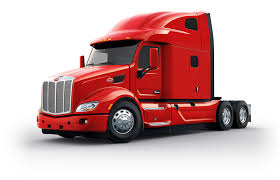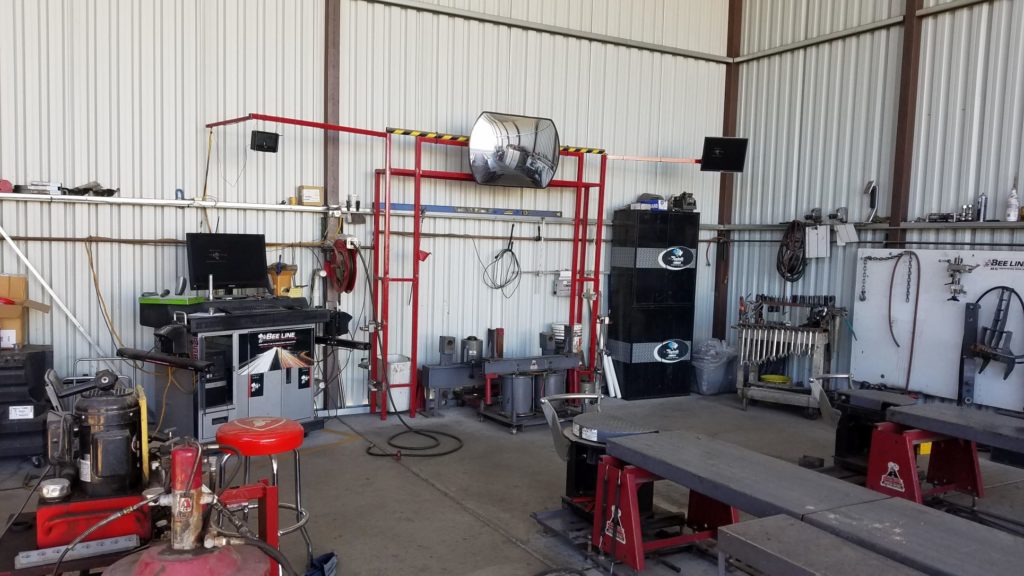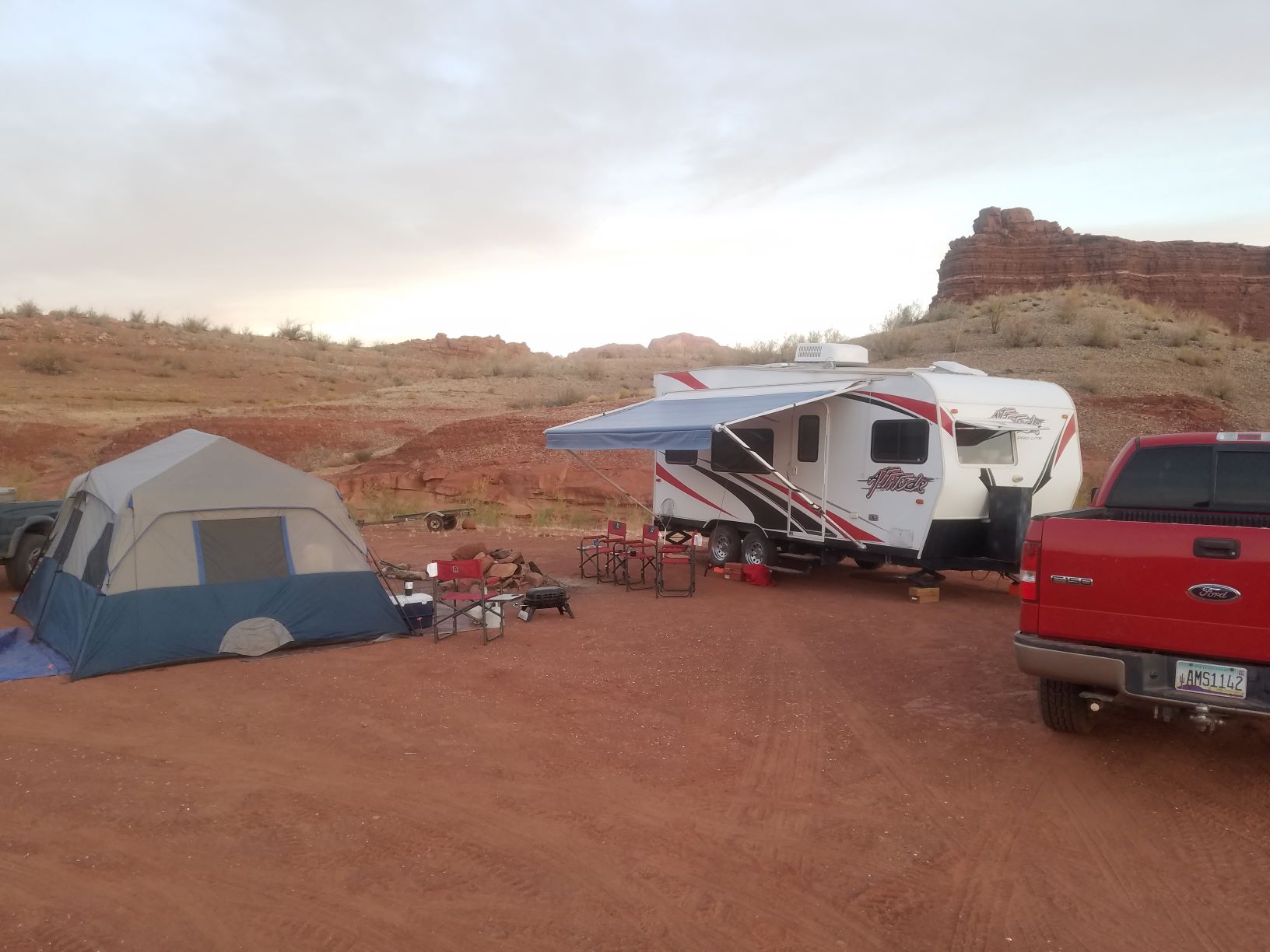Depreciation is a fleet’s largest fixed cost and its largest overall expense when calculating the total cost of ownership. Ware on the vehicle and tire is up there as well. A well-maintained and aligned truck will help keep costs down.

When should a truck be aligned?.
If you have a NEW truck post-break-in” alignment Should be between 15,000 and 30,000 miles or 3 months, whichever comes first..
Aligning too early can do more harm than good. TMC recommends subsequent alignments be done every 80,000 to 100,000 miles after the post break-in alignment. Get your alignments done at about the same intervals as replacing steer tires.
When should I have my Alignment checked?
Check alignment if you observe irregular tire wear. Check alignment if you have steering or handling problems. Check alignment any time the vehicle has been damaged, or if components that affect alignment have been replaced.
Where do alignment problems originate?
Commercial tire wear problems may show up on steer tires but may be coming from the drive or the trailer axles, which can have a huge effect on overall vehicle alignment. Many alignment experts rank drive axles as causing the most trouble, followed by trailer axles, with steer axles ranking last.
What should you expect from a proper alignment service?
Reputable shops employ only certified technicians. These shops are clean and orderly. They probably came recommended because they have a solid reputation. A good alignment shop will give you a “Before and After” report that compares settings. In addition to the report, drivers should expect a test drive to look for any change in handling or road feel.

If you would like to watch a video on how to do an alignment on a big rig just click here <–
Tire Wear Issues
As an overview, it should be noted that the tires on 7 out of 10 vehicles on the road show symptoms of misalignment.

Excessive shoulder wear
Excessive wear on one side of the tire extends from the shoulder toward the center of the tread on steer tires is caused by improper toe or excessive camber. Check for broken, bent, or worn-out parts. Diagnose mechanical problems and correct and align.
Shoulder Step wear
Even tread wear in the center, with step wear in outer shoulders that is confined to the outer portion of the shoulder rib is normal wear for a tire in a free-wheeling position.
Rotate and run out.
![]()

Diagonal wear
Diagonal wear is generally inflicted by mechanical forces from the drivetrain affecting the tire. Because they repeat in a frequency, they continually show up in the same locations on the tire. Some examples could be worn or improperly adjusted bearings and worn shocks.
Five Truck Tire Issues That Cause Premature Tire Wear And Damage
-
1. Under-inflation / Low tire pressure
Under-inflated tires are a leading cause of tire failure on the road. Tires typically lose up to 2% of their air pressure every month. A tire that is underinflated by as little as 2% can exhibit irregular wear and other tire issues. Worn valve stems and temperature changes can increase the amount of pressure loss, as can nail holes and other tire damage from demanding applications such as waste hauling.
-
2. Mismatched tires
When tires are used in a dual position, as seen on drive and trailer positions in the U.S., having mismatched tires can significantly increase premature wear. The easiest method for identifying mismatched tires is examining the tread depth: Differences as small as 4/32nds can cause premature wear. Using tires from different manufacturers or pairing worn tires with new tires can cause this type of mismatch.
-
3. Incorrect tire for the application
Using the wrong type of tire for your specific application can lead to premature wear and damage. For example, using a fuel efficient long-haul drive tire in a local/regional application could cause tire wear from high torque or cut-and-chip damage, because it’s not designed to withstand that type of application. Commercial tires are engineered for specific applications, and it is important to use the right tire for your needs. Tire tread depth, groove geometry, tread compounds, and other engineering factors all play a role in tire wear.
-
4. High speed on super singles
New generation wide base or “super single” tires have a tread mass that is much larger than that of a traditional tire. This causes the tire to crown at high speeds, causing a tire wear pattern similar to that seen with mismatched tires. This type of premature wear can be avoided by respecting the maximum speed posted by the tire manufacturer.
-
5. Road hazard/impact
Premature damage to a tire is often caused by a road hazard or impact. However, the impact frequently goes unobserved until the tire is removed. Impact damage can almost always be identified on a demounted tire. Continental experts look for visual clues that impact has occurred, including radial splits, condition of the rubber after failure, the specific way the reinforcement wires come apart and indications of heat generation.

It’s also important to give trailer tires the attention they need
One reason is that most semitrailers are not permanently matched with specific tractors. “This can create an atmosphere in which fleets and drivers don’t pay as much attention to trailer tires as they would to drive or steer tires.
Selecting the best trailer tire starts by looking at the tire size you currently have on the trailer equipment. This might entail specific load-carrying requirements, weather conditions, or environmental issues such as SmartWay-verified tires. Another consideration is ST versus LT.
ST stands for specialty trailer or LT (light truck) tire
There are major differences between one trailer application and the next. So it’s best to talk to your tire dealer for the right application.
Conclusion:
A good alignment will save your tires and truck from premature wear…
Let me know if you liked this article leave me a comment or question.




